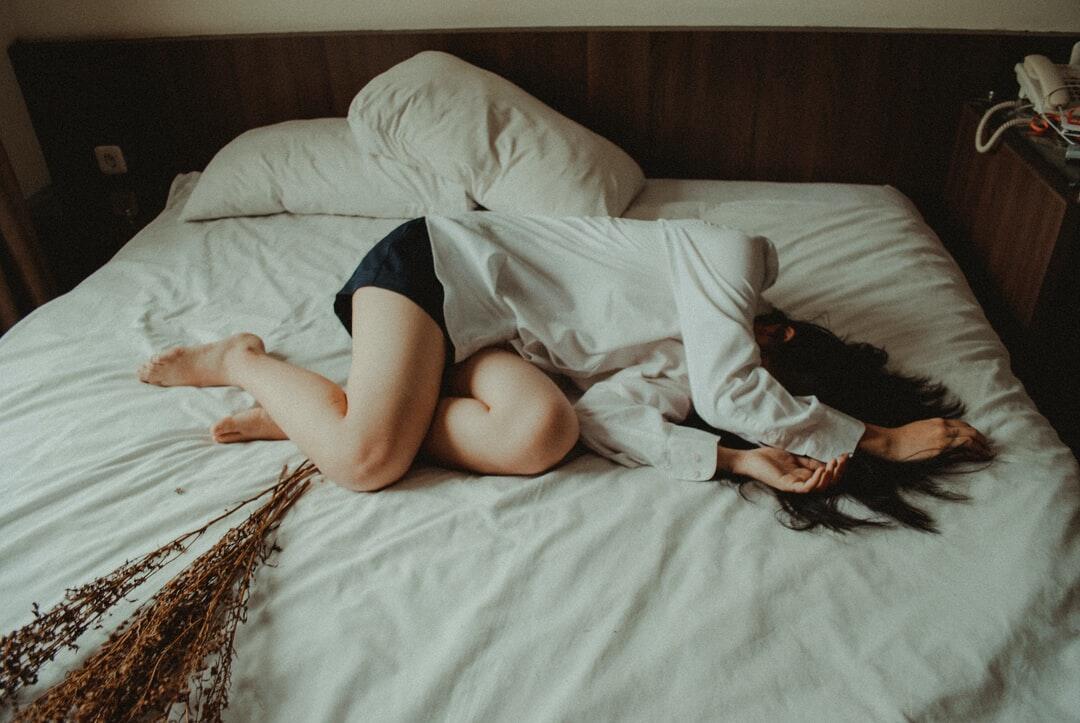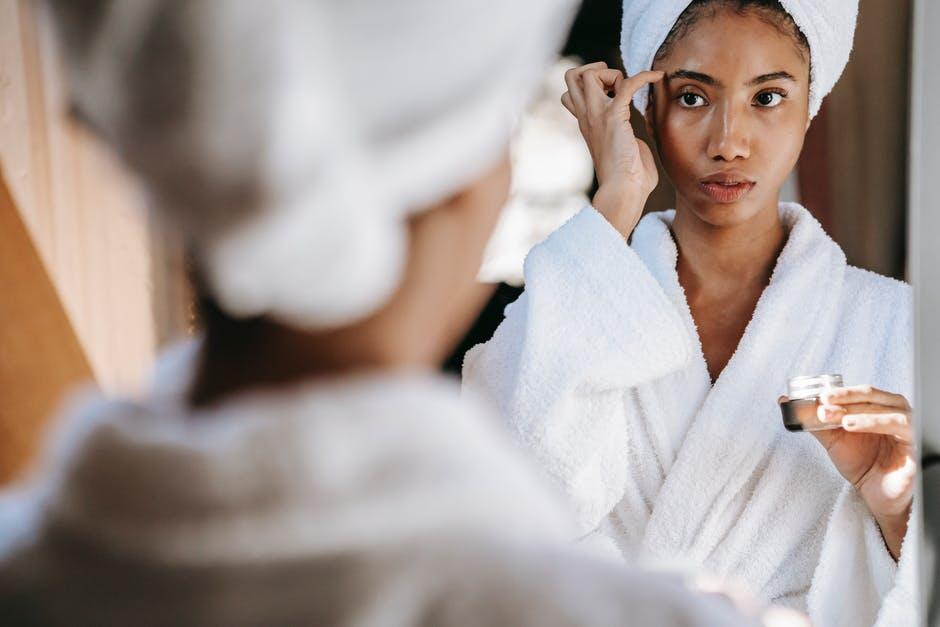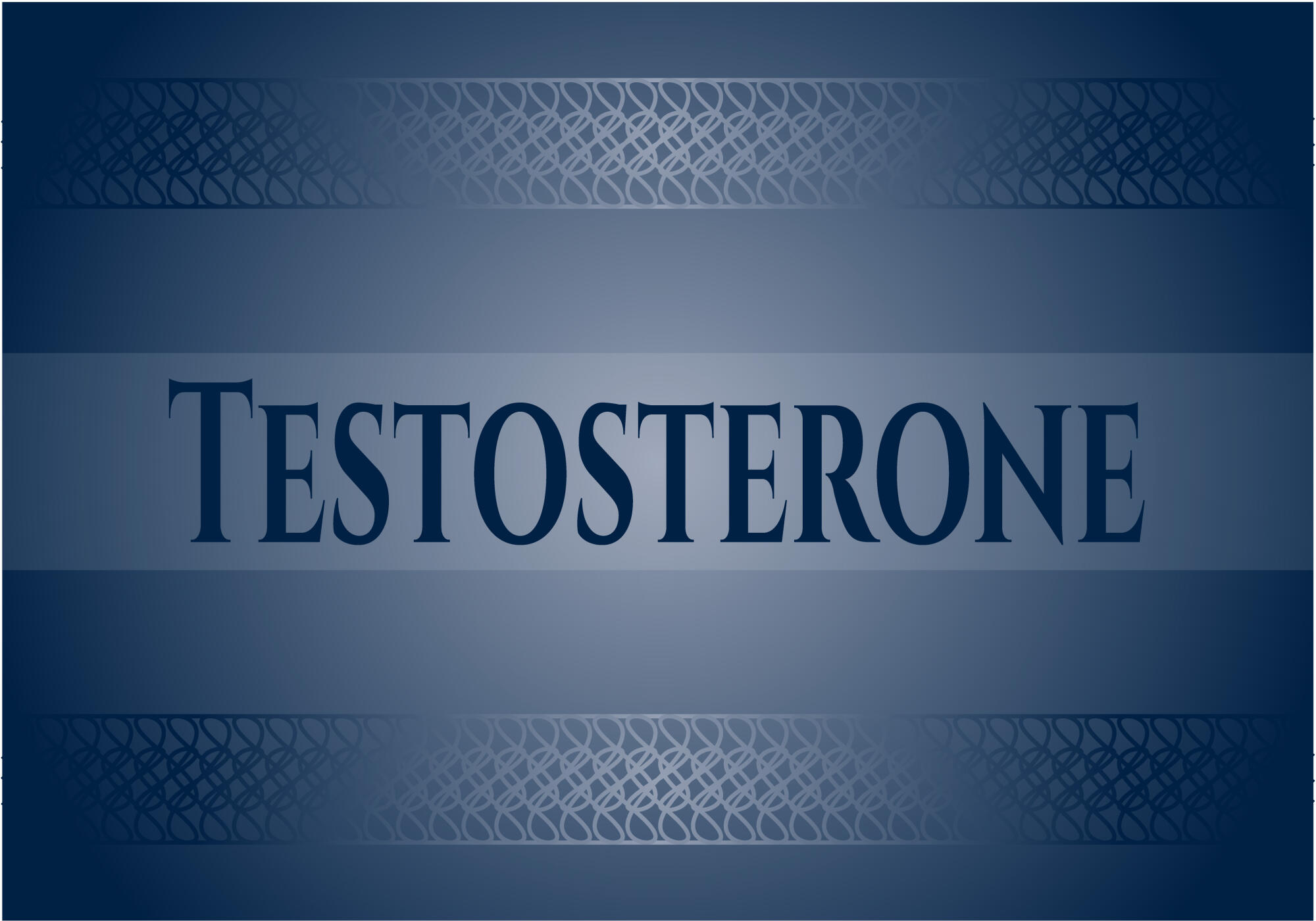Does your hairline look different than it did before? This is a common experience for both men and women. Hair loss and receding hairlines are a part of the aging process and affect both men and women. In some cases, receding hairlines can develop from stress, genetics, or certain hair conditions. Women are more likely to experience thinning hair than a receding hairline, but it’s still possible. A receding hairline can impact one’s confidence and self-esteem, leading many people to seek treatment or slow down the hair loss process. Believe it or not, there are many solutions on how to stop a receding hairline.
This blog will discuss 10 of the best solutions on how to stop a receding hairline so that you can look and feel like your younger self again. Some solutions mentioned in this post include medications, hair transplant surgery, hair therapies and lifestyle changes.
What is a receding hairline?
A receding hairline is a type of hair loss that commonly affects men, characterized by the hairline moving backwards from its natural position, leaving hair sparse on the forehead. It is often caused by male pattern baldness or androgenetic alopecia, which is related to the hormone called dihydrotestosterone (DHT) and genetics. For men, a receding hairline can start anytime after puberty. By the time many men reach their mid-to-late 30s, they’re already experiencing a receding hairline.
On average, a person has about 100,000 hairs that grow from follicles beneath the scalp’s surface. When hair falls out, new hair grows in to replace it. Some people may lose dozens of hair in a day. However, if your hair follicles are damaged or you have an underlying medical condition that disrupts the growth cycle, you may start to notice a receding hairline.
Hair loss has become a popular topic, especially in the last few years as some people who had COVID-19 discovered they were losing hair more easily and frequently after being sick. If you’re experiencing a receding hairline at 20, you’re not alone and there are solutions
To understand what type of hair loss you’re experiencing and its cause, you should seek help from an expert. Various symptoms of a receding hairline include:
- Complete frontal baldness that moves toward the back of scalp
- Thinning hair above your temples
- Slight, uneven hair loss above your temples
- Zig-zag pattern or balding patches along your hairline
- An “M” or “V” shaped hairline
The solutions to stop a receding hairline
With the help of modern science and medicine, there are some amazing treatments and strategies out there to help stop a receding hairline. You may determine the best solution for you based on your needs and lifestyle. It’s also helpful to talk to a hair growth expert. An expert can help you determine the correct next steps, so you’re not guessing as to what will work best for your hair – because there is no one size fits all treatment! The following 10 solutions mentioned here include daily medications, hair transplant surgery, hair therapies and lifestyle changes.
1) Minoxidil
Minoxidil is an FDA approved, over-the-counter topical medication that can promote hair growth and slow down hair loss. It’s most effective in people with male pattern hair loss, and in some instances, can reverse hair loss altogether. Minoxidil is available in various strengths and formulations, and works best when used early on small areas of hair loss. Regular application to the affected areas of the scalp is necessary for optimal results.
Pros of Minoxidil:
- Promotes hair growth and slows hair loss
- FDA approved
- Can be used early on small areas of hair loss
Cons of Minoxidil:
- Regular application necessary for optimal results
- May not be as effective for all types of hair loss
- Results may vary among individuals
2) Finasteride
Finasteride is an oral prescription medication that helps block the conversion of testosterone to dihydrotestosterone (DHT), a hormone linked to male pattern baldness. It may help slow down hair loss and promote hair regrowth in both men and women. Finasteride is also prescribed to help those with frontal fibrosing alopecia to prevent future hair loss.
Pros of Finasteride:
- Highly effective for growing hair back
- Easy to use (oral tablet)
- FDA approved
- Prevents future hair loss
- Generally well-tolerated
Cons of Finasteride:
- Possible side effects (e.g., decreased libido, erectile dysfunction)
- Effectiveness varies among individuals
3) Hair transplant surgery
A hair transplant procedure involves moving hair follicles from one part of the body (usually the back or sides of the scalp) to the balding areas. This can be an effective and long-lasting solution for hair restoration. Hair transplant surgery can help improve receding hairlines related to male pattern hair loss. After surgery, the transplanted hair usually falls out and begins regrowing creating fuller, denser-looking hair.
Pros of Hair Transplant Surgery:
- Effective and long-lasting hair restoration
- Permanent solution for hair loss in the transplanted areas
- Natural-looking results
- Minimal maintenance required after recovery
Cons of Hair Transplant Surgery:
- Expensive upfront cost (can range from $4,000 to $15,000)
- Surgical procedure with potential risks and complications
- Recovery time needed after the surgery
- Not suitable for widespread hair loss or thinning
- Results may vary depending on individual factors
4) Low level laser therapy (LLLT)
Low-level laser therapy (LLLT) devices emit low-level lasers or light-emitting diodes that may stimulate hair growth in some individuals. It’s available as in-office treatments or portable home devices. This treatment may be helpful for people with hereditary hair loss, those who’ve had a hair transplant, or those who have hair loss after chemotherapy.
Pros of low level laser therapy:
- Treatments are available in-office or through portable home devices
- Painless
- Increases hair strength
Cons of low level laser therapy:
- The treatment can be time consuming. It often requires several sessions a week for months at a time
- Expensive yearly cost (can cost thousands of dollars a year)
- The procedure appears to be less effective for those in late stages of hair loss
- LLLT can interact with certain medications that are photosensitizing
5) Platelet-rich plasma (PRP) therapy
Platelet-rich plasma (PRP) therapy involves drawing a small amount of the patient’s blood, processing it to concentrate the platelets, and then injecting the PRP into the scalp. It is believed to promote hair growth and improve hair thickness. In 2020, a small study of 69 men with male pattern hair loss found people who had PRP therapy increased their hair follicle cells and improved overall hair growth. Also, the study found that those who received a combination of minoxidil and PRP had the most optimal results, compared to those who just had PRP or minoxidil.
Pros of platelet-rich plasma therapy:
- Promotes hair growth and overall hair density
- It has no side effects and does not cause allergies
- This treatment option can be applied to people of any age
Cons of platelet-rich plasma therapy:
- Several sessions are needed for treatment
- The treatment is more effective for those who are recently experiencing hair loss
- Results may vary among individuals
6) Dutasteride
Similar to finasteride, dutasteride is an oral medication that inhibits the production of DHT. Dutasteride is often used in situations where hair loss is extensive or not responsive to another treatment. It is not approved for treating hair loss in all countries, and its use should be discussed with a healthcare professional before use.
Pros of Dutasteride:
- Promotes hair growth and overall hair density
- FDA approved
Cons of Dutasteride:
- The treatment is more effective for those who are recently experiencing hair loss
- Possible side effects (e.g., decreased libido, erectile dysfunction)
- Results may vary among individuals
7) BHRT
Bioidentical hormone replacement therapy (BHRT) involves using hormones that are chemically identical to those naturally produced in the body. They are so identical that your body can’t distinguish the difference. Bringing your hormone levels back into balance contributes to less hair loss and can improve hair density. In some cases, hormonal imbalances could contribute to hair loss, and BHRT may be considered to address the underlying issue.
Pros of BHRT:
- Uses hormones that are chemically identical to ones in your body
- Promotes hair regrowth and improves overall hair density
- Has additional benefits (improves sleep quality and regulates menstrual cycle)
Cons of BHRT:
- Can cause side effects in early stages of use (acne, bloating, fatigue)
- Can be prescribed as an injection, which some people may find difficult to use frequently
8) Lifestyle changes
Making healthy lifestyle choices can positively impact hair health and help stop a receding hairline or hair loss at 20. Reducing stress, eating a balanced diet, getting regular exercise, and avoiding harsh hair treatments may help maintain healthier hair. For example, a diet that lacks essential vitamins and minerals can contribute to a receding hairline. Also, smoking can restrict blood flow to the hair follicles and lead to hair loss. Stress can disrupt the hair growth cycle and lead to hair shedding. Repeatedly wearing a tight hairstyle can contribute to a receding hairline because ponytails, braids or buns create tension and pull on the hairline.
Pros of lifestyle changes for hair loss:
- Inexpensive treatment option
- Prevents future hair loss
- Improves overall health and installs healthy habits
Cons of lifestyle changes for hair loss:
- Hair regrowth may take a longer time
- Results may vary among individuals
- Consistency in routine will impact results
9) Topical DHT Blockers
Topical DHT blockers actively defend your scalp against the harmful effects of dihydrotestosterone (DHT). DHT can result in hair loss because high levels can shrink your hair follicles and shorten the hair growth cycle. Some topical solutions or shampoos contain DHT-blocking ingredients to help reduce the impact of DHT on hair follicles.
Pros of Topical DHT Blockers:
- Promotes hair regrowth and slows down hair loss
- Easy to use
Cons of Topical DHT Blockers:
- Results may vary among individuals
- Possible side effects (e.g., decreased libido, erectile dysfunction)
10) Hair loss concealers
Hair loss concealers are color-matched products designed to make areas of your scalp with significant hair loss look like they’re covered with thick, dense hair. Products like hair fibers or scalp concealers can be used to cover up thinning areas and create the illusion of fuller hair.
Pros of hair loss concealers:
- Inexpensive compared to other treatment options
Cons of hair loss concealers:
- Not a permanent solution to hair loss
- Some people find hair loss concealers to be uncomfortable
- Results may not look natural if product is used incorrectly
Hair loss is very common in the United States, affecting over 80 million Americans. If you are experiencing any symptoms of a receding hairline, consider booking an appointment with an expert at Evolve Telemedicine to see which treatment option is best for you. Depending on your level of hair loss, genetics, and any pre-existing medical conditions, there’s a treatment option made just for you. Don’t let hair loss keep you from feeling and looking like your most confident self! With the right help, you can stop a receding hairline.











